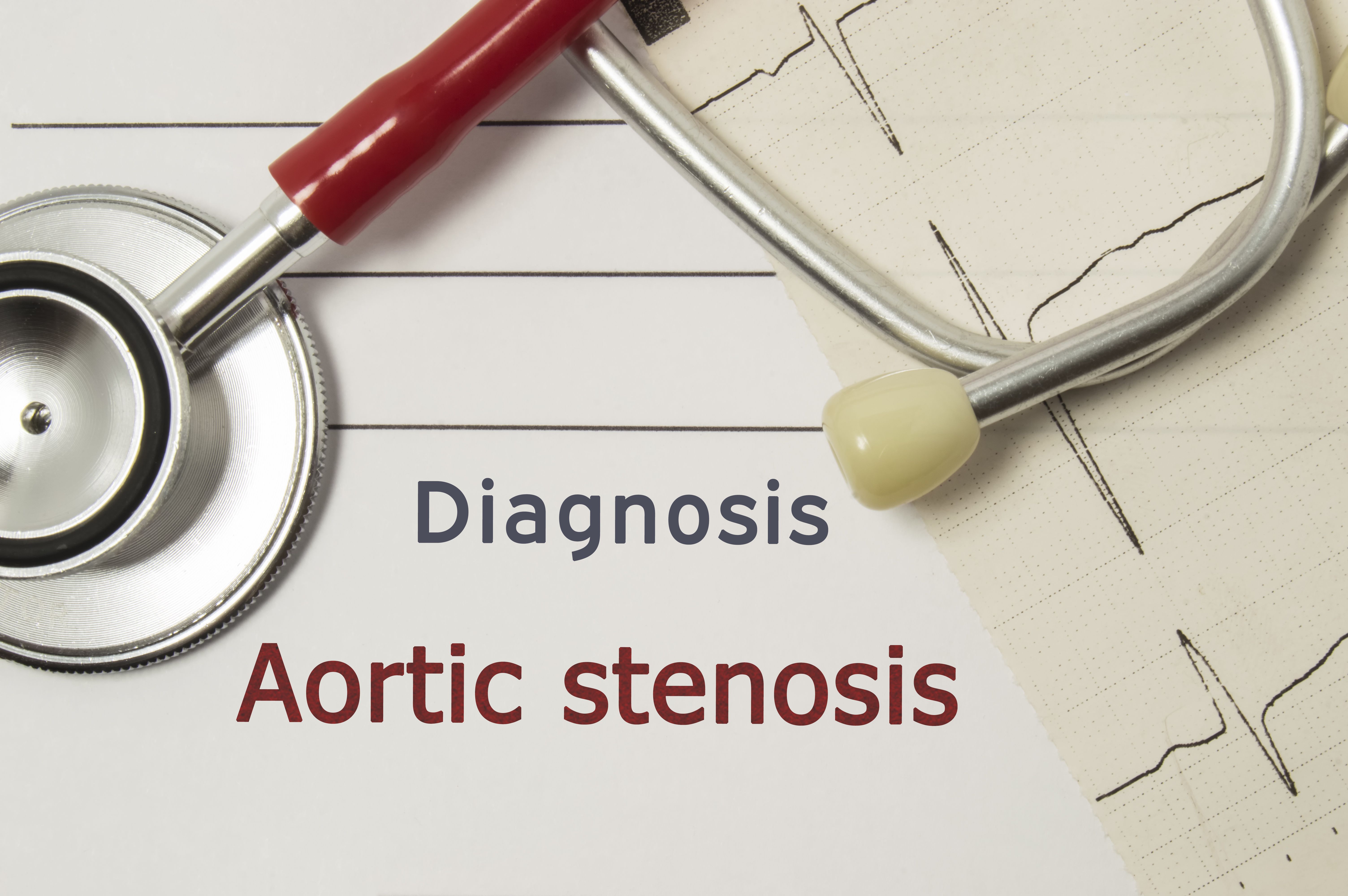Aortic Stenosis Low-Risk Patients Benefit from Minimally Invasive Surgery
Death, stroke and re-hospitalizations were reduced by 46 percent in low-risk patients with severe aortic stenosis who opted for a minimally invasive procedure over open heart surgery to repair the aortic valve.
(©Shidlovski,AdobeStock.com)

NEW ORLEANSâDeath, stroke and re-hospitalizations were reduced by 46 percent in low-risk patients with severe aortic stenosis who opted for a minimally invasive procedure to repair their damaged aortic valve, instead of removing it via open heart surgery.
The procedure, called transcatheter aortic valve replacement (TAVR), was performed using a SAPIEN 3 valve which was inserted with a catheter next to the damaged valve. The findings were reported this week at the American College of Cardiology’s annual meeting in New Orleans.
Martin Leon, M.D., of Columbia University Irving Medical Center, described the procedure which he suggested would be suitable for patients who are at high risk of surgery-associated complications, but now, low risk patients who are more often considered for valve replacement.
The study, called PARTNER 3, was a prospective, randomized, controlled, multi-center trial of 1,000 patients with severe aortic stenosis and a low-risk for surgical complications.
A second randomized, prospective study with 1,468 low-risk patients with severe, symptomatic aortic stenosis was also presented in the same session by Michael Reardon, M.D., who found that at one year, TAVR patients had significantly lower all-cause mortality or stroke (0.8% vs. 2.6%) and rehospitalization rates than SAVR patients. TAVR was superior than surgery for major stroke (0.8% vs. 2.4%), but all-cause mortality alone was not significant (2.4% vs. 3%). Quality of life was also significantly better in TAVR patients.
Dr. Leon recommends that the choice of TAVR versus surgery for severe aortic stenosis be made independent of the surgical risk profile. The longer-term durability of catheter valve replacements is unknown, but patients in the PARTNER 3 trial will be followed for 10 years to this aim.
REFERENCE
Leon, M. “Transcatheter or Surgical Aortic Valve Replacement in Low-Risk Patients: Results of the PARTNER 3 Trial,” the American College of Cardiology annual meeting. 9:45 a.m., March 17, 2019. Abstract number: 19-LB-19835-ACC
Michael Reardon, M.D. “Self-Expanding Transcatheter or Surgical Aortic Valve Replacement in Patients at Low Risk of Surgical Mortality,” ACC annual meeting. 9:45 a.m., March 17, 2019. Abstract number: 19-LB-19883-ACC
DISCLOSURES
PARTNER 3 was funded by Edwards Lifesciences. The second study cited here was funded by Medtronic.